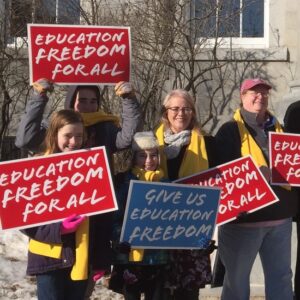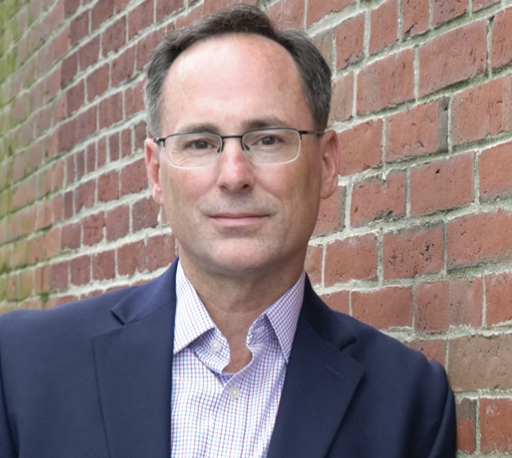Originally published at Josiah Barlett Center for Public Policy – republished with permission.
A new fiscal analysis of the New Hampshire Education Freedom Account Program finds that EFAs have generated nearly $9 million in taxpayer savings in the 2023-24 school year and are projected to generate $23 million in savings annually from the current cohort of students.
It also shows that the total $24.8 million ESA program cost for fiscal year 2024 represents just 0.7% of the $3.5 billion funding that New Hampshire public schools receive from local, state, and federal sources and 0.3% of the state’s total expenditures on public services in fiscal year 2023.
The Education Freedom Account Program allows low- and middle-income households to deposit their per-pupil state adequate education grant into an education savings account (ESA) designated for various educational purposes such as private school tuition, tutoring, textbooks, curriculum, educational therapies, and related expenses.
The study finds that:
- During school year 2023-24, the program’s third year, the program generated an estimated $8.7 million in net fiscal benefits for state and local taxpayers combined.
- In the long run, the program will generate $23.1 million in net fiscal benefits annually from this third-year cohort of students.
- The New Hampshire Education Freedom Account Program provides ESAs worth an average of $5,255 for eligible students. This amount is worth 23% of the total per-pupil cost for New Hampshire public schools.
- The total cost for New Hampshire’s ESA program is $24.8 million for the third year (school year 2023-24). This cost represents 0.7% of the $3.5 billion funding that New Hampshire public schools receive from local, state, and federal sources. The program cost represents 0.3% of the state’s total expenditure on public services.
Again, a comprehensive fiscal analysis of New Hampshire’s EFA program finds an overall cost savings to taxpayers.
One interesting note about this latest analysis is the switcher rate. A “switcher” is a student who would have enrolled in a district public school if not for the school choice program. New Hampshire’s EFA program is not reserved exclusively for students enrolled in a public school. Students enrolled in private schools or home-school programs also are eligible. A large percentage of students in New Hampshire’s EFA program were not enrolled in a public school when they applied for and received an EFA. But it turns out that many of those students had been public school students before.
A separate EdChoice study, published in March, used anonymized student data provided by the state’s EFA administrator, the Children’s Scholarship Fund New Hampshire. EdChoice was able to determine that many students previously identified as private-school students, and therefore not switchers, had actually been enrolled in a public school the year before, or were entering the public education system in New Hampshire for the first time (either as kindergarten or first grade students, or as movers to New Hampshire). The actual switcher rate for New Hampshire’s EFA program is closer to 45% than the previously reported 11%.
You can download and read the full EdChoice EFA fiscal analysis here: 04 24 NH Brief.





